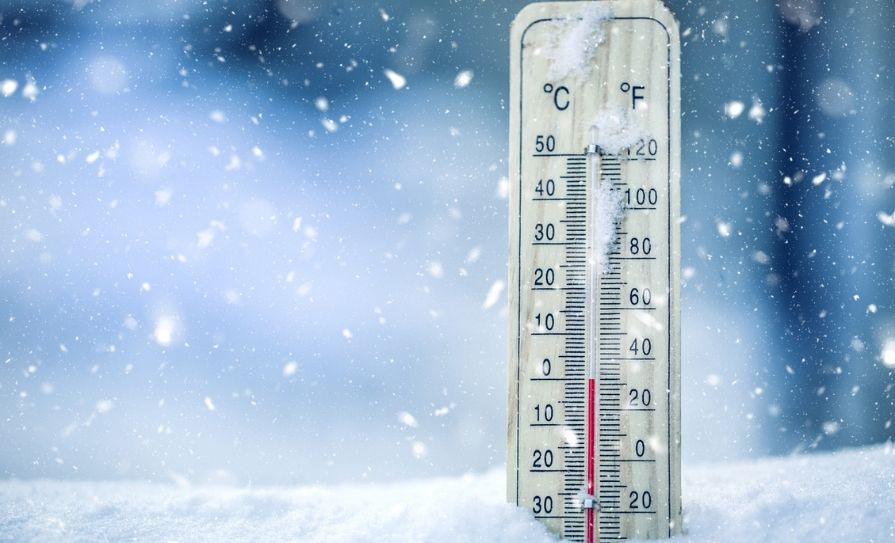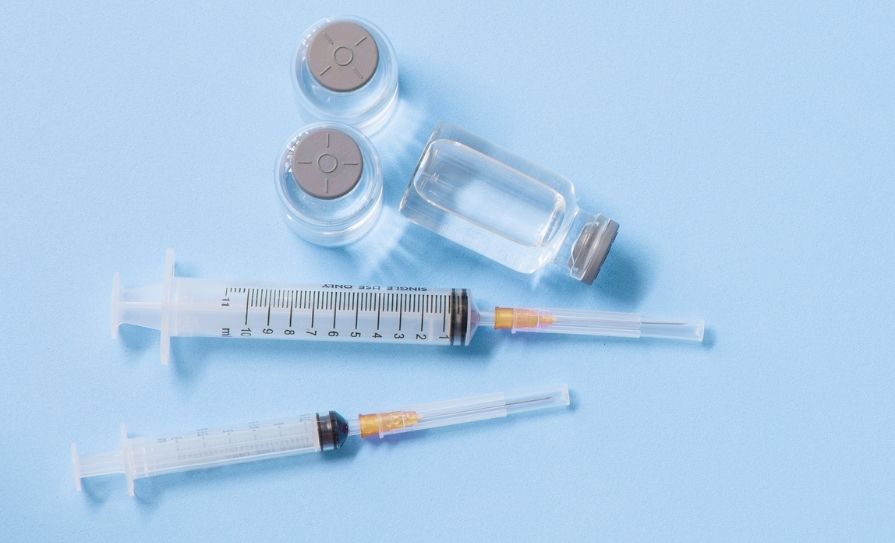New multidisciplinary research led by Prof Tomás Ryan from Trinity College Dublin shows that the brain forms memories of cold experiences and uses them to control our metabolism. This newly-published study is the first to show that cold memories form in the brain – and map out how they subsequently drive thermoregulation. The discovery may have important applications in therapies designed to treat a range of disorders — from obesity to cancer — in which thermoregulation and metabolism (or a lack of control in this area) plays a role, as well as opening the door to more fundamental research which could help us better understand how memories impact our behaviour and emotions.
Long-term memories are stored in the brain as ensembles of inter-connected cells, termed engrams. Increasingly, modern neuroscience is beginning to identify engrams that encode for bodily representations, such as experiences of infection; inflammation; food consumption; and pain.
The researchers behind this work hypothesised that the brain may form engrams for temperature representations, and that these would serve to help an organism survive in changing temperatures. But to identity these engrams they first had to test whether cold memories could form in the first place.
Lead author of the article, published recently in Nature, Dr Andrea Muñoz Zamora, successfully trained mice to associate a cold experience of 4oC with novel visual cues that were only present in designated cold contexts. After a few days, mice were presented with the visual cues in the same context, but at room temperature. Crucially, the team discovered that the animals would upregulate their metabolism to induce predictive thermogenesis when they were ‘expecting’ the environment to be cold.
Using activity-dependent gene labelling, the scientists were able to genetically ‘hitchhike’ onto the engram cells coding for the cold memory in a brain region known as the hippocampus. Remarkably, when these cold engram cells were artificially stimulated (using a technique called optogenetics), the mice increased their metabolism in order to generate heat. And in a converse experiment, to double-check the central finding, when cold engram cells were inhibited, the mice were unable to express cold memories in response to the conditioned visual cues.
Dr Muñoz Zamora said: “We discovered that when mice are exposed to a cold temperature, they form memories that allow them to up-regulate their body’s metabolism when they anticipate cold experiences in the future.”
Dr Aaron Douglas, who was joint lead author on the study, said: “Numerous clinical disorders, ranging from obesity to forms of cancer, may be treated by manipulating thermoregulation through brown adipose tissue. In the future, it will be important to test whether the manipulation of cold memories in humans could provide novel avenues for altering metabolism for therapeutic purposes.”







